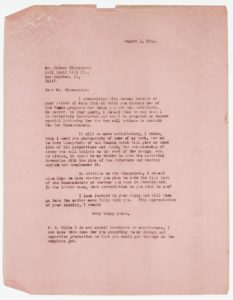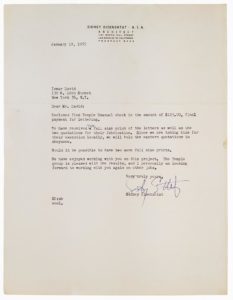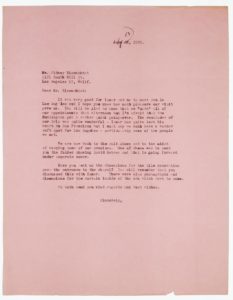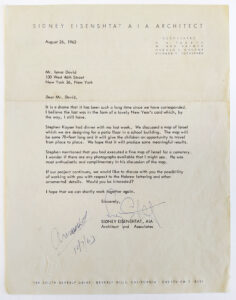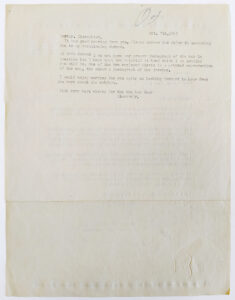Sidney Eisenshtat, 1914–2004, architect.
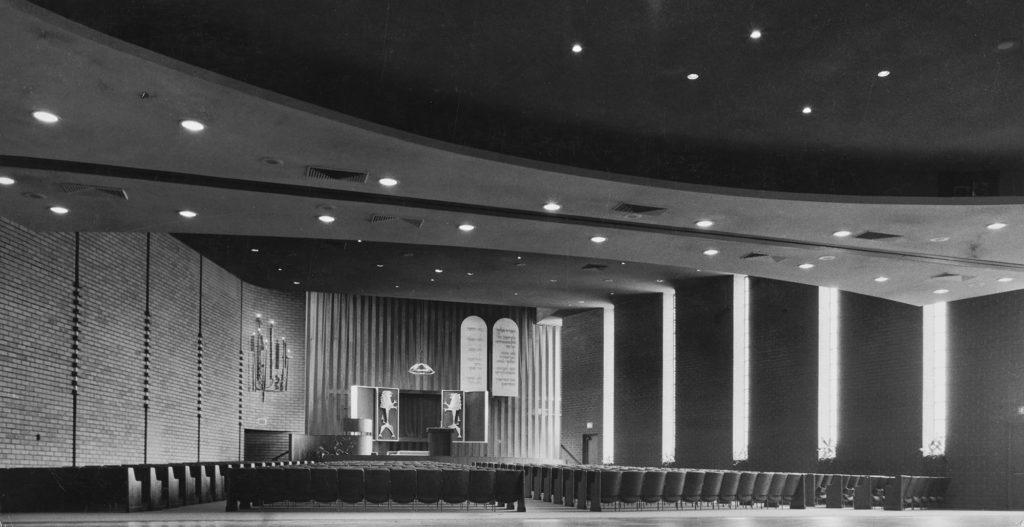
At the height of his career, Sidney Eisenshtat was considered one of the half dozen leading architects in the country.1El Paso Times, July 31, 1960, p. 44 Born in Connecticut, he moved to California with his family when he was twelve. He entered the University of Southern California at 16 and at 25, became the youngest architect to get a license in the state. Although he designed private residences, public facilities and large-scale commercial buildings—many of which became L.A. landmarks—he is perhaps best known today for his innovative, often soaring, synagogue work. His buildings were dramatic, light, airy and spacious, displaying a kinship with the expressionism of Eric Mendelsohn, whom he greatly admired. “Design is not wall or decorations. It is only space occupied by human beings. You have to enclose that space, and if you do it well, it is good design.”2Fine Design Pays Way, Los Angeles Times, January 12, 1964, p. J25 Nevertheless, art took a prominent place in his work. “Eisenshtat, who plans all his major jobs to include art, makes it a practice to work with architectural artists as often as possible.”3Schoen, Myron, quoting Joseph Young in the May-June issue of Creative Crafts, Asks Art, Not Draftsmanship, for the Temple, The National Jewish Post and Opinion, December 8, 1961. He “insisted that art be included in the building’s budget.”4Rourke, Mary, Los Angeles Times, Sidney Eisenshtat, 90; Was Known for His Innovative Synagogues, March 5, 2005, p.59.
Eisenshtat’s first major religious commission came from the congregation of Temple Emanuel in Beverly Hills. Stephen Kayser recommended Ismar David to Eisenshtat to design bronze Hebrew lettering for “two wall tablets (10 Commandments) … of white marble, each 11′ high and 3′ 6″ wide.” Eisenshtat and David enjoyed a good working relationship on the project. The two men met during the Davids’ trip west in the summer of 1955.


























